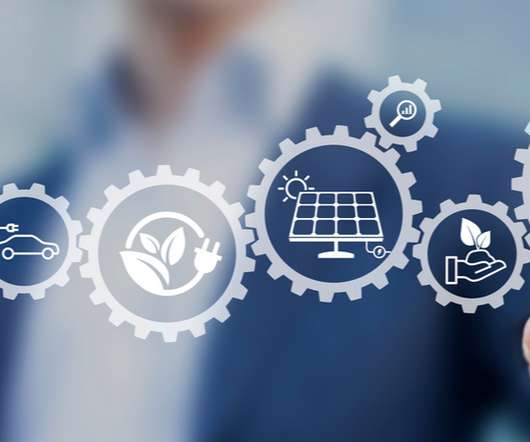Singapore Unveils Blueprint for Sustainable Air Hub
Clean Energy Law
FEBRUARY 29, 2024
The Civil Aviation Authority of Singapore will also launch 12 key initiatives, including a levy on sustainable aviation fuel and low-carbon electricity imports. By the end of 2023, Changi Airport generated approximately 4% of its 2019 electricity consumption [ii] through solar power deployment.













Let's personalize your content